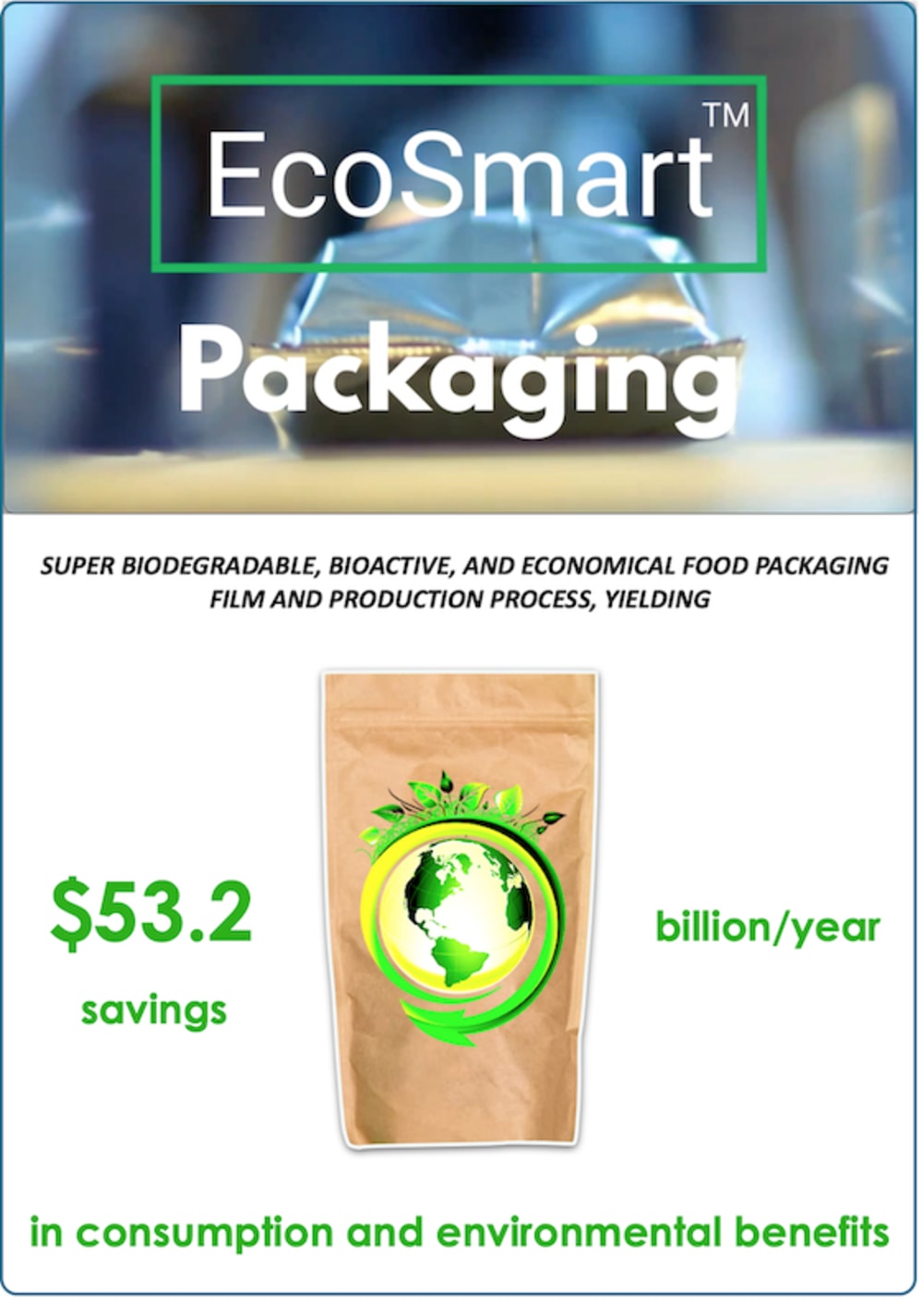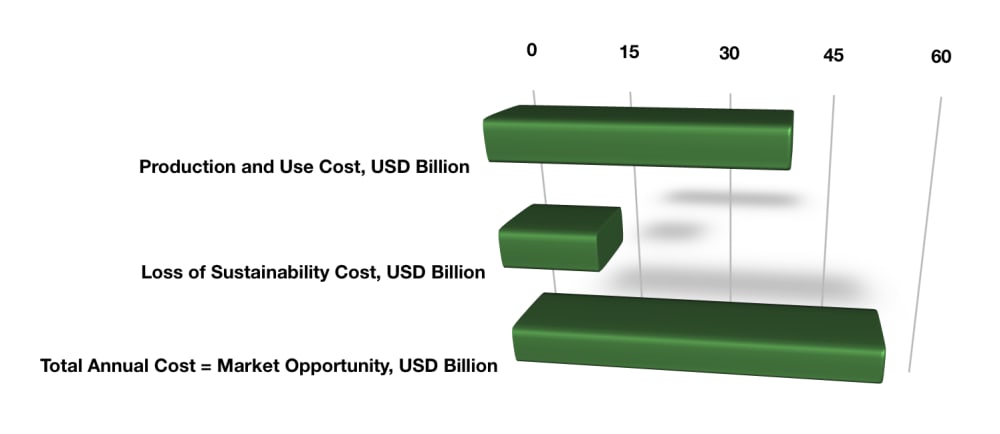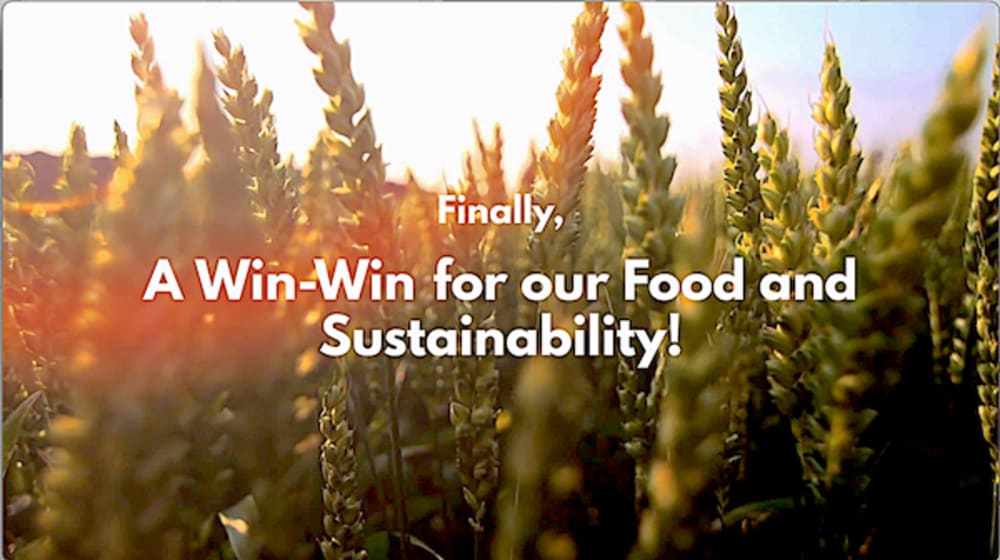
Worldwide, over 40 million tons of plastic packaging is produced annually. Most of it is put to one time use and discarded. These include food packaging films, which constitute about 37%, or 14.8 million tons.
Their disposal has become a major issue in terms of waste management, environmental degradation, and sustainability, economical solutions have lagged way behind.
Our EcoSmart™ film provides the following benefits:
- It minimizes formulation complexity and process chemistry.
- It eliminates polymer and filler decomposition.
- It enables economical film production with currently used equipment.
But there is more....
Our film’s unique liquid SiO2 glass and nano-zinc oxide coating also enables:
- The creation of an enhanced functionality bioactive packaging solution with strong antimicrobial properties, to significantly increase shelf life and product quality.
- The super-hydrophobic/oleophobic properties of our films facilitates quick, easy, and full emptying of viscous liquid, semi-liquid, chunky, and pasty food products.
- This, in turn, eliminates between 5 - 20% of food waste, which otherwise would remain in the package.
A WIN-WIN FOR OUR FOOD AND SUSTAINABILITY
The current, most accepted way of measuring sustainability is the Inclusive Wealth Index which captures human and natural capital, in addition to GDP.
According to the "Inclusive Wealth Report, 2018" by Pushpam Kumar of the Earth Institute at Columbia University (link in References), while global GDP increased about 95% from 1992 to 2018, that is to $80 trillion, IWI decreased about 35, equaling $29.47 trillion in 2018. As of now, 99+% of food packaging films are environmentally hazardous, and about 70% end up in landfills and the oceans. Thus, out of the 14.8 million metric tons produced and used, costing $106.6 billion, about 10.36 million tons, worth $74.6 billion, directly contribute to environmental degradation and loss of sustainability. Adding the estimated value of the 35% drop in IWI, as it relates to the percentage loss of sustainability attributable to $39.4 billion worth of food packaging films, we arrive at the following total annual cost:
39.4 billion + (35% IW of 39.4 billion = 13.8 billion) = $53.2 billion
Accordingly, the total benefit - just in financial terms - of replacing polyolefin based food packaging films with the biodegradable, super bioactive and super-slippery film of our solution equals:
$53.2 billion/year - which also defines the potential market size of our solution.
SUMMARY - BENEFITS AND COSTS
Economic benefits and costs
From an economic perspective, longer food shelf life, better product quality, and enhanced convenience provide both short and long term benefits, with:
- No additional CAPEX, as current production equipment and processing can be used.
- No additional OPEX, as material and production costs are basically the same, according to the film cost analysis in the proposal.
Environmental benefits
There are two immediately realizable benefits:
- Innate biodegradability.
- Environmentally friendly film production technology (~60% lower carbon footprint), pioneered by NatureWorks.
Sustainability benefits
The economical replacement of up to 14.8 million tons of hazardous plastic packaging has the potential to significantly contribute to a sustainable future.
LINK TO SOLUTION REPORT: https://drive.google.com/file/d/1EKwaNyW8MlR6Y6GqmXJcqKaLTDiklwHJ/view?usp=sharing
Video
-
Awards
-
 2023 Top 100 Entries
2023 Top 100 Entries
Like this entry?
-
About the Entrant
- Name:Steven Kingsley
- Type of entry:teamTeam members:
- June Marshall
- Patent status:none








